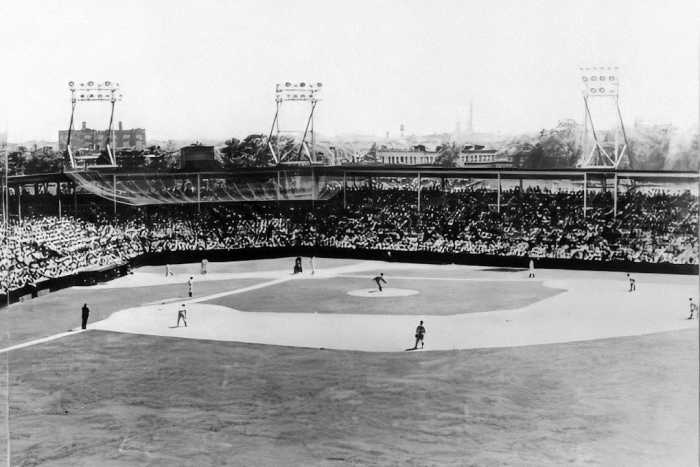By Julie Shapiro
The Downtown Little League and Downtown Soccer League each turned away dozens of children who wanted to play this year — a fact that Jim Cavanaugh, president of the Battery Park City Authority, calls “heartbreaking.”
“When you have families and kids that want to use the field and they’re told, ‘No, you can’t,’ we have an obligation to try to do something about that,” Cavanaugh told Downtown Express.
With the goal of letting more kids use the ballfields during more months of the year, the authority this week made a long-awaited decision: They are planning to convert the fields to artificial turf, rather than leaving them as grass.
“We’re trying to serve a need here,” Cavanaugh said. “The most important factor here is the need to meet the needs of the community.”
Youth groups and leagues have been pressing the authority to convert the fields to turf for years, citing the severe limits on playing time on heavily used grass fields.
Consistent with its mission of building green, the authority will hire a consultant to design an “environmentally advanced” artificial turf field, Cavanaugh said, and then the authority board will vote on the proposal. Cavanaugh said it is too soon to know when the field would be installed, but the new field likely won’t go in until Milstein Properties finishes building its residential towers adjacent to the ballfields in 2010.
The permanent $6 million grass fields opened in 2003 after the temporary fields were used to stage World Trade Center recovery vehicles after 9/11. The authority had more recently left open the possibility that they might rebuild with turf fields once Milstein was done, but officials continued to cite environmental concerns.
Mark Costello, president of the Downtown Little League, welcomed the authority’s support of artificial turf. The ballfields are currently closed for almost half the year, which means the Little League can’t start up until the middle of April and casual users can’t play on the fields on warm winter days. The league also cannot use the field on some days during the season because the grass needs to recuperate.
With artificial turf fields, Costello said he would gain enough extra playing days to support seven or eight new teams, giving more kids a chance to play.
“It’s great,” Costello said of the improved prospects for artificial turf. “The grass has been wonderful in some ways, but we have to look for an alternative to it. [The turf] is going to allow the padlocks to come off the gates and allow those fields to be open all the time.”
Some parents were concerned about the safety of artificial turf after press reports that the crumb rubber infill contained toxins and got dangerously hot in the sun. Cavanaugh said the city’s Department of Health determined that artificial turf fields were not a health risk, but the authority’s consultant will still look for alternatives to crumb rubber.

























